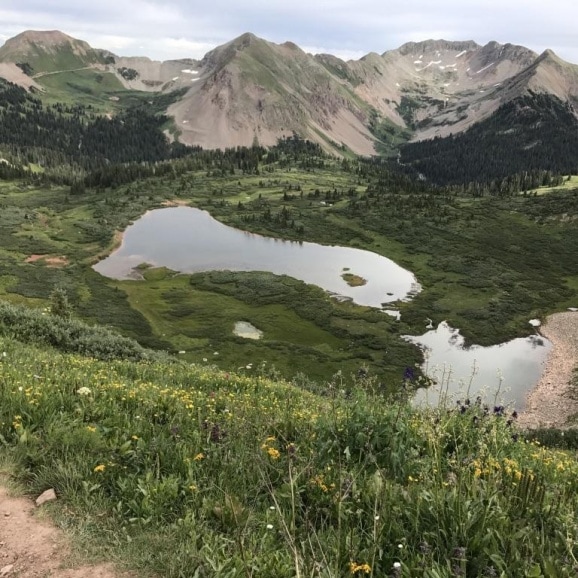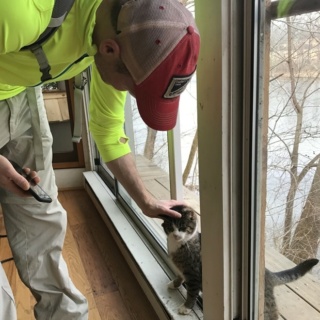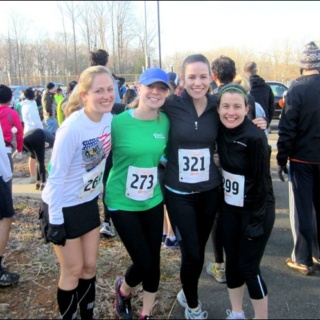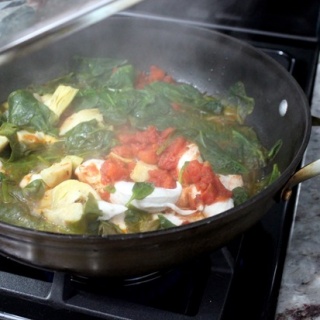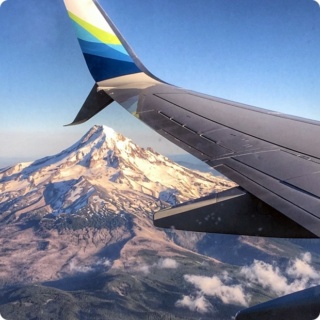Hi All! It’s Anne’s brother Steve, returning for the final installment in my series of posts about my experience thru-hiking the Colorado Trail this summer. In the last two posts, I talked about the logistics of the hike and some of the exciting moments along the way. (Read those posts here: Through Hiking the Colorado Trail Part 1 + Through Hiking the Colorado Trail Part 2.) In this final post, I’ll talk about some of the towns along the trail, the San Juans, and finishing up in Durango, CO.
Want to save this post?
Enter your email below and get it sent straight to your inbox. Plus, I'll send you great content every week!
One of the unique experiences of doing a thru-hike is heading back into town after several days on the trail to rest and refit for a day/evening. It’s a nice break from the day-in day-out mileage on the trail, and a chance to eat some real food and sleep in a real bed before getting back into the wilderness. Usually a day in town wasn’t a full rest day, though, but would entail some amount of hiking to get to a road to bring you back into town. In the case of heading into Salida, I climbed Mt. Shavano (14,232’) and then hiked about 8 miles to the end of the segment at the highway to go into town.
From there, I waited for a friend to come pick me up at the intersection of the highway (which is what I preferred, but often I’d hitchhike into town if I didn’t have a ride planned). The first order of business was always to get food. One of my favorite meals was at High Mountain Pies in Leadville, CO; the first town I went into from the trail:
After getting food, the next priority would be to check in to a hostel and drop off all my gear. Each of the towns along the trail would generally have one or two hostels that catered to hikers. They were generally pretty good deals – 25-30 bucks for a bunk in a 4-8 person room and laundry included most of the time. In addition, they were almost all located close enough to restaurants, outdoors stores, and grocery stores that you could walk everywhere you needed to get in town. The Leadville Hostel was a really neat place to stay, and had an interesting mix of Colorado Trail hikers, mountain bikers in town for one of the multi-stage races, and folks looking to hike 14’ers.
After checking into a hostel, the next order of business would be laundry and resupply. Some of the hostels would have “town clothes” that you could borrow while you did your laundry, which was quite helpful. If they didn’t, I generally resorted to wearing my rain pants and jacket while I washed all the rest of my clothes! Resupply was focused on two areas – equipment and food. The only equipment I generally needed was replacement gas canisters for my stove (every 8 days or so) and supplemental items I hadn’t thought to bring (bug spray, a small camp towel, etc). Here is a photo of all my gear splayed out in a locker in Leadville:
After equipment, food resupply would be the final step to get everything ready for the next day. In one of the previous posts, a commenter asked what I had to eat, which was as follows: each day on the trail, I’d generally have:
- Breakfast: 3 instant oatmeal packets OR 1 mountain house breakfast meal (freeze-dried)
- Lunch: 2-3 protein bars (about 400 cals), 0.4 lbs of trail mix (about 900-1000 cals), 4 fruit snack packs (280 cals), 1 honey stinger (150 cals, I think) and occasionally some beef jerky.
- Dinner: 1 backpacker meal
- Coffee: 4 Starbucks VIA packets each day
Below is a photo of one of the backpacker meals I’m talking about:
So, I’d head to the grocery store and pick up enough food to last me until the next time I’d head into town (roughly about 5 days later). I’d generally have a buffer of about one day of food just in case I got delayed, but I tried not to carry more than I needed. After getting the food, I’d head to get dinner somewhere in town. Surprisingly, almost all of the small towns along the trail had great restaurants!
After that, I’d try to get an early night’s sleep in and hit the trail early the next day. In some cases, I had friends available to drive me back to the trail, and in other cases I’d find someone in town willing to do a shuttle for a small fee. Overall, I think my favorite town along the trail was Leadville – check it out if you’re ever in the area! Below is Turquoise Lake, just outside town.
Picking up where I left off in the last article, Mt. Elbert is located just above the Collegiate Wilderness which is home to lots of 14’ers and also the beautiful Collegiate Loop (a long hiking trail on its own). I decided to take the Eastern route through that portion of the trail, which is where I hiked Mt. Shavano. Following Shavano, you head through a fair amount of high pasture land until you head San Luis Pass, which is a pretty spectacular spot:
After San Luis Pass, you continue to hike south until you eventually come to the San Juan mountains. I was happy I was hiking south, because they were a beautiful area to hike through and a fitting way to finish out the trail. You stay high in elevation during this portion, which resulted in having to camp above 12,000’ (the only time during my time on the trail when I did):
It was a beautiful spot to camp (once the weather cleared) but also quite cold even in August. It rained overnight, and I woke up to a sheet of ice over my tent’s rainfly as well as frozen condensation on the inside! Took a bit of time to thaw and then dry out the tent the following day.
The San Juans are truly incredible, though, and the views made the cold weather and tough climbs worthwhile. Each day in the mountains consisted of climbing up and over ridgelines into adjacent valleys as the trail continued heading further south.
I’d highly recommend anyone looking for a 4-5 day trip consider hiking from Durango to Silverton, CO and then taking the train back (or vice versa). The neat part about the two towns is that they’re linked by a narrow-gauge railroad that is a fun trip in and of itself – so it’s easy to get between the two cities. The area between the two towns is one of the best parts of the trail, and takes you through breathtaking terrain.
It was in these mountains that I finished my hike, and did the long walk down from the mountains to Durango, CO (descending nearly 5000’ in a day). It ended up taking me about 28 days (doing roughly 16-19 miles a day) to complete the entire trail, including my side trips to hike the 14’ers.
I was quite happy to be done with the trail, but also sad that I didn’t have any more mountains to look forward to in the near future. It is tough walking from sun-up to sun-down for nearly a month on end, though, and a bit of relief knowing that the next few days didn’t have much walking in store.
I’m not sure if I’ll do another long trail any time soon – it’s tough to find the time to dedicate to such an endeavor, and it also can get quite tedious after being on the trail for weeks. I have nothing but respect for folks that have completed really long trails like the Appalachian Trail or the Pacific Crest Trail – requires a lot of mental toughness to keep going for month after month. In the next few years, I’ll try to challenge myself in the mountaineering realm rather than the distance hiking world. But, I hope to return at some point in the future to thru-hiking and experience the fun of taking a break from the outside world and focusing only on the trail in front of you.
If you enjoyed this post, check out Steve’s two previous guest blog posts (recapping some of his mountaineering adventures):
And here is my recap of hiking to the summit of Mount St. Helens with Steve (and Matt!). Hardest hike of my life, right there.


